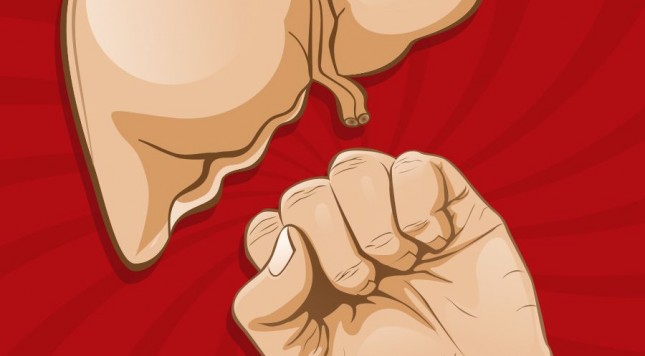Boxing is one of the most physically degrading sports in the world. It’s not just the fights themselves, but the rigors of making weight and training that accumulate over time. Elite athletes are left, often at a young age, in a diminished state that cannot be reversed. Common also, to the point of being stereotypical, is that fighters hold on too long or come back when they shouldn’t. They might tell themselves that this time will be different, or that a change in team, camp location, etc. will solve all that ails them, but for every Bernard Hopkins, there are 50 Meldrick Taylors. For a great many of us, this is one of the moral concerns that leaves us squeamish about our own role in the demise of their physical and neurological health.
I was reminded of this a couple of times recently. First was on Sept. 21 when Alfredo Angulo and Peter Quillin met at super middleweight in what turned out to be a pretty damned entertaining fight. It was clear quite early in the bout that both men were well past their sell-by date, but they were similarly enough faded that the fight was even. I was reminded of it again on Sept. 28 when John Molina Jr. got battered from pillar to post and stopped by Josesito Lopez in a welterweight bout on the undercard of Errol Spence Jr. vs. Shawn Porter. Lopez is not what he once was, but he was far fresher than Molina, and the result of that gap was an ass whipping.
There’s not a metric for how badly a fighter has faded for fans, so we normally go with the eye test. In their primes, most fighters are possessed of such otherworldly physical gifts that we miss the holes in their games, but they are all glaringly obvious when those gifts are gone. Suddenly, you can see the gears moving. If they were machines, they’d be without bodywork, and what’s left are the mechanical processes that have become out of sync with the nervous system that should be controlling them. There’s a lag between every different part that once worked seamlessly. Balance, coordination, timing all go by the wayside, with even punches having obvious parts. The body has become a collection of systems instead of a single contained unit.
In those moments we weren’t being thrilled by the competitiveness and drama of Angulo-Quillin, what we saw was a jello legged Kid Chocolate wandering backward in circles because he lacked the ability to move laterally, and an exhausted Angulo doggedly plodding after him on the same path for the same reason. If either of them had been 10-15% less shot, the fight likely would’ve been as one-sided as Molina-Lopez.
My original thought for this column was a half-joke recalling an actual conversation with some friends about the possibility of a tournament for the faded former stars. The Washed Boxing Super Series. Who wouldn’t want to see those once elite fighters take on each other? If they’re going to keep fighting, then dammit, let it be against each other. Plus, the personalities alone would be worth it.
Most summers, I play Church League Softball, despite not going to church (Big ups to the Lutherans for being OK sponsoring a team largely comprised of atheists and lesbians). It’s a good excuse to get out and socialize, and I still enjoy chasing down fly balls and cranking one over the fence. It’s fun, and it works precisely because as athletes we are similarly diminished in speed and reflexes. I’d love to still play baseball, but it’s just not available anymore, and even if it was, no one would want to watch me get struck out by a teenager or blow my knee out (again) trying to leg out a double or catch a fly ball.
That’s the unfortunate thing about our tendency to connect what we experience to boxing. There’s no Church League Softball for fighters. Cranking an opposite-field homer doesn’t mean I’m ready to challenge Ronald Acuña Jr. to a home run derby, but winning a few bouts against similarly degraded opposition will earn an old fighter a life-shortening beating at the hands of a prospect who needs some names on his record.

